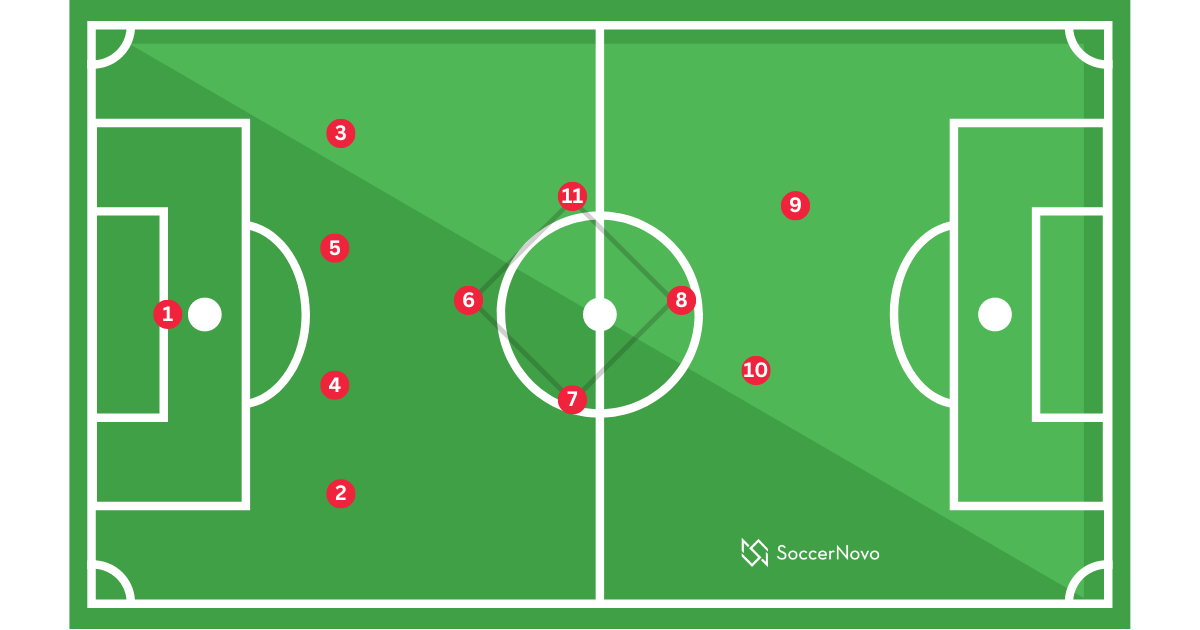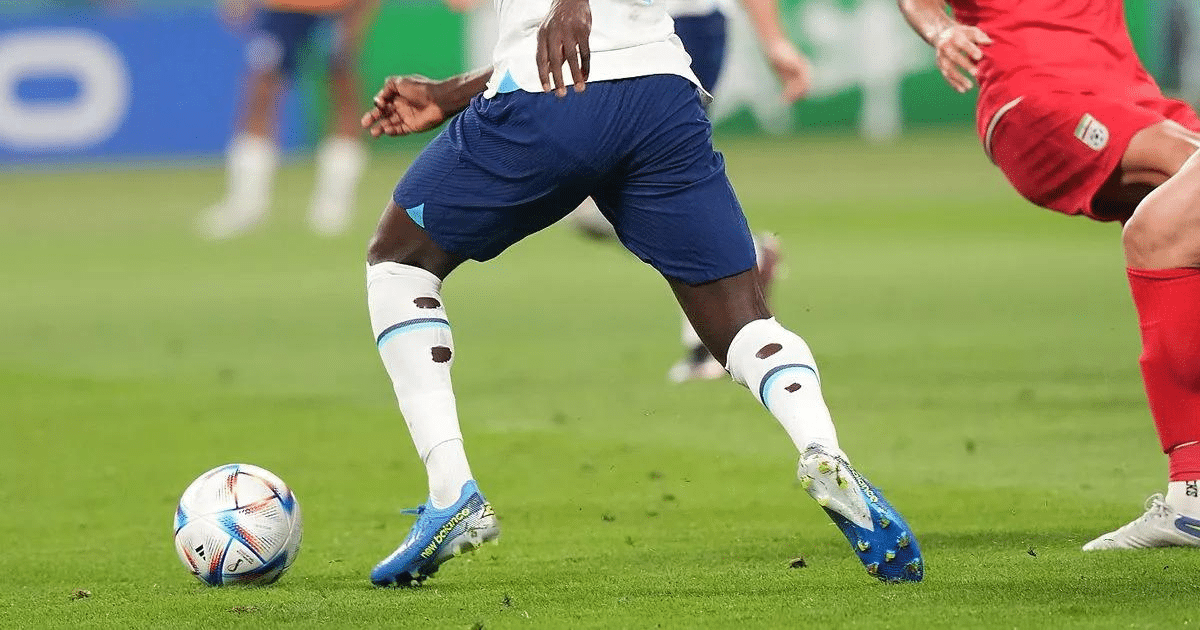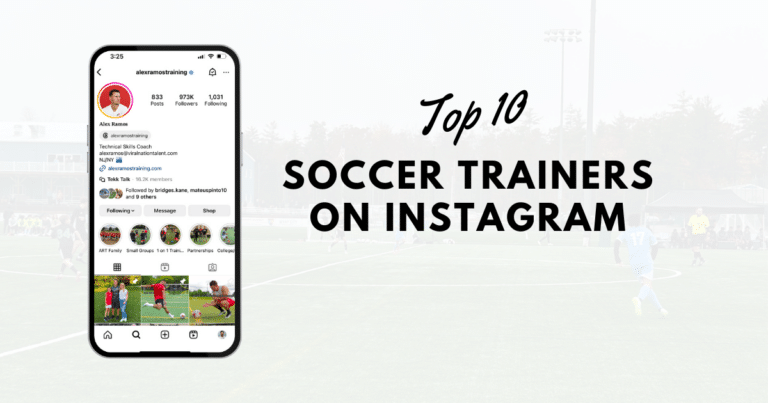Shine Bright Like a Diamond (Formation)

The diamond formation uses four midfielders in the shape of – you guessed it – a diamond. This effective formation is usually set up in a 4-4-2 or 4-1-2-1-2.
This is a great setup for teams that want to create a stronger defense and attacking game.
This formation relies on quick passes, good ball control, and a strong midfield to create scoring chances.
What Are the Pros and Cons of a Diamond Formation?

The main benefit of the diamond formation is its ability to strengthen the midfield play. Keeping possession and controlling the tempo of the game is the result.
A diamond shape allows players to have clearer passing lanes. This makes it easier to move the ball up the field and create scoring opportunities.
One of the downsides of the diamond formation is that the sidelines can get exposed. To combat the diamond, the opposition will keep their wingers wide.
If the attacking midfielders do not drop back, it can create counterattacks for the other team.
How is the Diamond Formation Structured?

The midfielders are arranged in a diamond shape:
- Defensive midfielder at the base
- Two central midfielders
- Attacking midfielder at the top
The two forwards play together up front, with one usually playing as a target man and the other playing as a support striker.
What Are the Responsibilities of the Players?

The diamond formation is concentrated in the midfield. To be effective, players need to be comfortable with the ball at their feet and able to play quick, short passes.
Here are the roles of each midfielder:
- Defensive midfielder: Breaking up opposition attacks and distributing the ball upfield.
- Central midfielders: Controlling the midfield and linking play between defense and attack.
- Attacking midfielder: Creating chances and supporting the forwards
Any Adjustments to the Diamond?
One common adjustment is to drop the attacking midfielder back into central midfield to create a more solid defensive shape.
This can be useful against teams that play with a lot of width.
Another adjustment is to push the fullbacks forward to provide width in attack.
This can be effective if the opposition is playing with a narrow midfield.
When Should the Diamond Be Used?
After reading this far, you might be interested in the modern diamond formation. Here are some scenarios where the diamond formation can be effective:
1. When you have a strong midfield
The diamond formation is ideal when you have a strong midfield. The diamond shape allows you to control the midfield and create chances through the middle of the field.
With the right personnel, the diamond formation can be used to dominate possession and control the tempo of the game.
2. When you want to press high up the field
The diamond formation is also effective when you want to press high up the field.
The midfielders can quickly close down opponents and win the ball back. This makes the diamond formation a good choice when you want to play a high-pressing game.
3. When you want to play through the middle
The narrow shape of the diamond allows you to play through the middle of the field and create chances in and around the box.
This is especially effective if you have quick and skillful players who can exploit the gaps in the opposition’s defense.
4. When you want to defend narrow
Also, the narrow shape of the diamond allows you to congest the middle of the field and force the opposition to play wide.
This can make it easier to defend and limit the opposition’s chances.
Final Thoughts
Being in the diamond formation can be a learning curve. With the middle sometimes congested, players will want to spread out wide.
Learning to keep their shape and work together centrally will make this formation most effective. Every player (especially in the midfield) needs to understand their role.
I’ve seen many youth teams use this formation with success.
I’ve also seen undisciplined teams get exposed in this formation.
If you have the players to play in this setup, you’ll find that you can control the pace of the game and create more scoring chances!

Written By: SoccerNovo
SoccerNovo is an independent youth soccer media brand built to help parents, players, and coaches better understand the game and the pathways available in U.S. soccer. Our mission is to make youth soccer simpler, clearer, and more accessible for everyone involved in it.
Let’s connect






